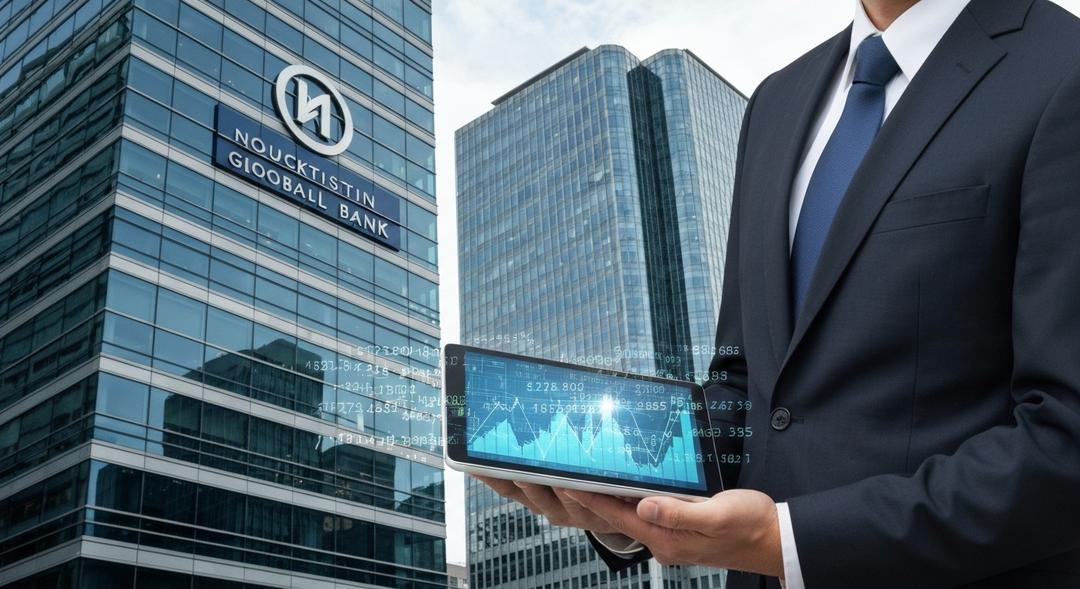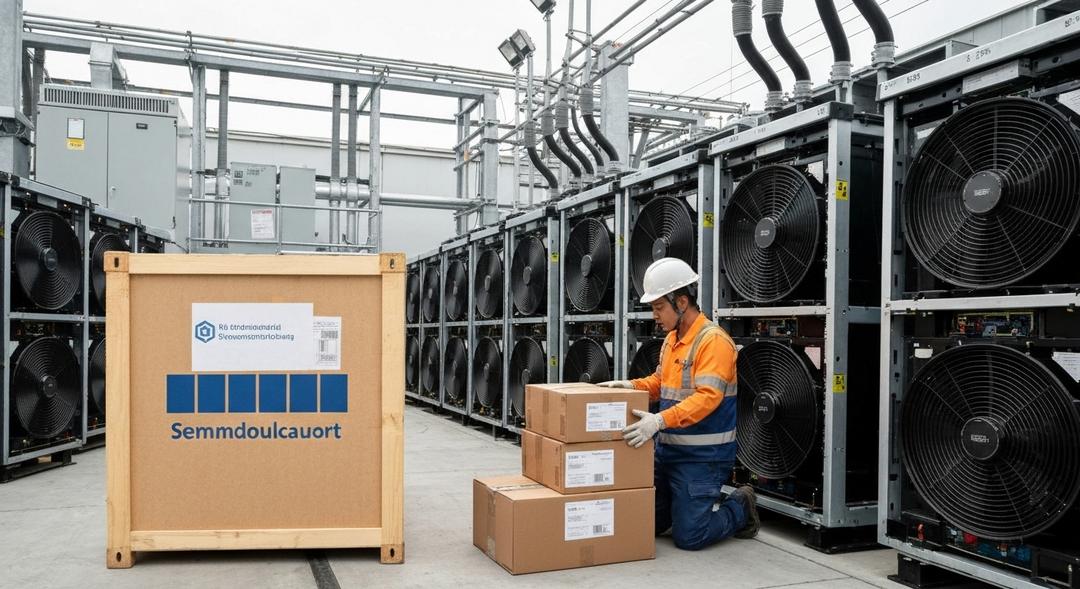Banks have poured $100 billion into blockchain since 2020 alone.
This remarkable investment signals a major shift in the financial world. The movement toward blockchain and digital assets is accelerating, with traditional banks now among the biggest players in this space.
A recent report backed by Ripple highlights that over 345 blockchain deals involved banks worldwide between 2020 and 2024. These deals reveal a strategic focus on building the underlying technology for payments, custody, and tokenization. Payment-related infrastructure took the lion’s share of investments, shaping new standards for speed and security in cross-border transactions.
About a quarter of these investments backed infrastructure providers responsible for blockchain settlement and the issuance of digital assets. The main objective is not direct customer-facing products but revamping the plumbing of finance behind the scenes. Leaders in finance seem especially interested in boosting efficiency and security across existing systems, rather than simply following trends in consumer crypto offerings.
Ninety percent of senior finance executives surveyed in this report believe that blockchain and digital assets will deeply impact financial institutions within three years. Two-thirds of banks say they are actively exploring how to offer digital asset custody for their clients. Stablecoins and tokenized real-world assets rank as the highest priorities among these new initiatives.
Major institutions offer clear proof points for the momentum behind these changes. HSBC, for example, has unveiled a platform for tokenized gold. Goldman Sachs has launched GS DAP, a tool for settling transactions using blockchain. In Asia, SBI is developing digital currencies built with future-proof security in mind. Still, less than one in five banks has rolled out services like cryptocurrency trading or consumer digital wallets, since most current projects remain focused on essential market infrastructure.
Ripple’s study points to tokenization of real-world assets as a trend now moving from concept to practical application. Asset tokenization has been widely discussed for years but is now entering its implementation phase among financial institutions. Banks see potential benefits such as improved transparency, faster settlements, and streamlined balance sheet management.
Global regulatory uncertainty has not slowed the pace of development. More than two-thirds of banks surveyed expect to introduce a digital asset initiative in the next three years. These projects could include experimenting with bonds issued on blockchain, building settlement tools for central bank digital currencies, or testing interoperability between various digital asset platforms.
Even in a period marked by turbulence in the crypto markets, traditional finance continues to ramp up its commitment. Investments from global banks reached a post-FTX peak in early 2024, according to Ripple’s findings. The report also highlights rapid adoption in emerging markets such as the UAE, India, and Singapore, outpacing development in the United States and Europe.
This wave of institutional activity sets the foundation for the next evolution in global finance, with banks aiming to improve the backbone of payment networks and capital markets. The hope is to move away from legacy technology toward systems that enable real-time execution and greater transparency for clients.
Blockchain firms and startups offering infrastructure solutions should note that the current focus is no longer on speculation or retail hype. Instead, the transformation lies in the expansion and modernization of foundational financial systems. If you are looking to take part in this ecosystem, now is an ideal moment to Start Cloud Mining or explore supporting technologies that power digital asset markets.
As these investments rise, financial leaders continue to reinforce the belief that blockchain will significantly reshape how money flows around the world. Real assets, like bonds and commodities, are already being tokenized and issued on blockchains that promise major improvements in cost and efficiency.
Banks expect that over the coming years, their new blockchain programs will touch everything from internal accounting to global settlement networks. The landscape is changing quickly, led by these sometimes unexpected players — legacy banks who are embracing blockchain to meet the demands of tomorrow’s interconnected economy.
Conclusion
Traditional institutions are investing heavily in the underlying systems that could redefine modern finance. This commitment underscores their belief in blockchain’s power to deliver tangible benefits beyond speculative trading.
As digital assets begin to move from theoretical potential to day-to-day reality, banks worldwide are determined to update their core operations. The financial world is now well on its way to an era where blockchain, tokenization, and digital asset services work quietly but powerfully behind the scenes.

Ewan’s fascination with cryptocurrency started through his curiosity about innovative technologies reshaping the financial world. Over the past four years, he has specialized in cloud mining and crypto asset management, diving deep into mining contracts, profitability analysis, and emerging trends. Ewan is dedicated to helping readers understand the technical and economic aspects of crypto mining, making complex information accessible and actionable.




